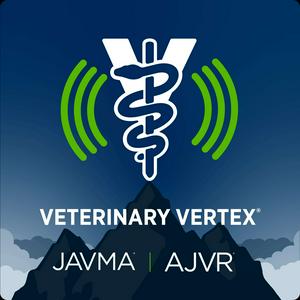How Veterinary Teams Use Agenda Setting to Boost Client Satisfaction and Efficiency
Send us a textEver have a client drop a “by the way” just as their hand hits the doorknob? We tackle the fix: agenda setting that captures every concern upfront, keeps appointments on track, and strengthens trust without adding time. With guests Drs. Jane Shaw, Kat Sutherland, and Natasha Janke, we map the science and the steps behind a small change that delivers big wins for veterinary teams and clients alike.We walk through the practical anatomy of a better visit: start with a solid introduction, gather the client’s full list using open-ended questions, resist premature problem solving, summarize the agenda aloud, then triage together. You’ll hear how this approach anchors relationship-centered care, improves client satisfaction, and supports adherence—key predictors of better outcomes. Our guests explain how to insert the veterinary agenda transparently for topics like dental care, weight management, behavior, and nutrition, all without sidelining what the client values most.From classroom to clinic, we cover training that sticks: scripting that sounds natural, team roles that share the workload, and habits that prevent doorknob disclosures. We unpack common pitfalls—closed questions, one-and-done lists, and diving too deep too soon—and offer simple replacements you can try today. Plus, we spotlight current research, where the evidence is strong, and what’s next for measuring appointment efficiency, client and veterinarian satisfaction, and late-rising concerns.Ready to try it? Start every appointment with a complete agenda, confirm it, and choose what fits today. Subscribe for more conversations that sharpen clinical communication, share this episode with your team, and leave a quick review to help others find the show.JAVMA article: https://doi.org/10.2460/javma.25.06.0377INTERESTED IN SUBMITTING YOUR MANUSCRIPT TO JAVMA ® OR AJVR ® ? JAVMA ® : https://avma.org/JAVMAAuthors AJVR ® : https://avma.org/AJVRAuthorsFOLLOW US:JAVMA ® : Facebook: Journal of the American Veterinary Medical Association - JAVMA | Facebook Instagram: JAVMA (@avma_javma) • Instagram photos and videos Twitter: JAVMA (@AVMAJAVMA) / Twitter AJVR ® : Facebook: American Journal of Veterinary Research - AJVR | Facebook Instagram: AJVR (@ajvroa) • Instagram photos and videos Twitter: AJVR (@AJVROA) / Twitter JAVMA ® and AJVR ® LinkedIn: https://linkedin.com/company/avma-journals


